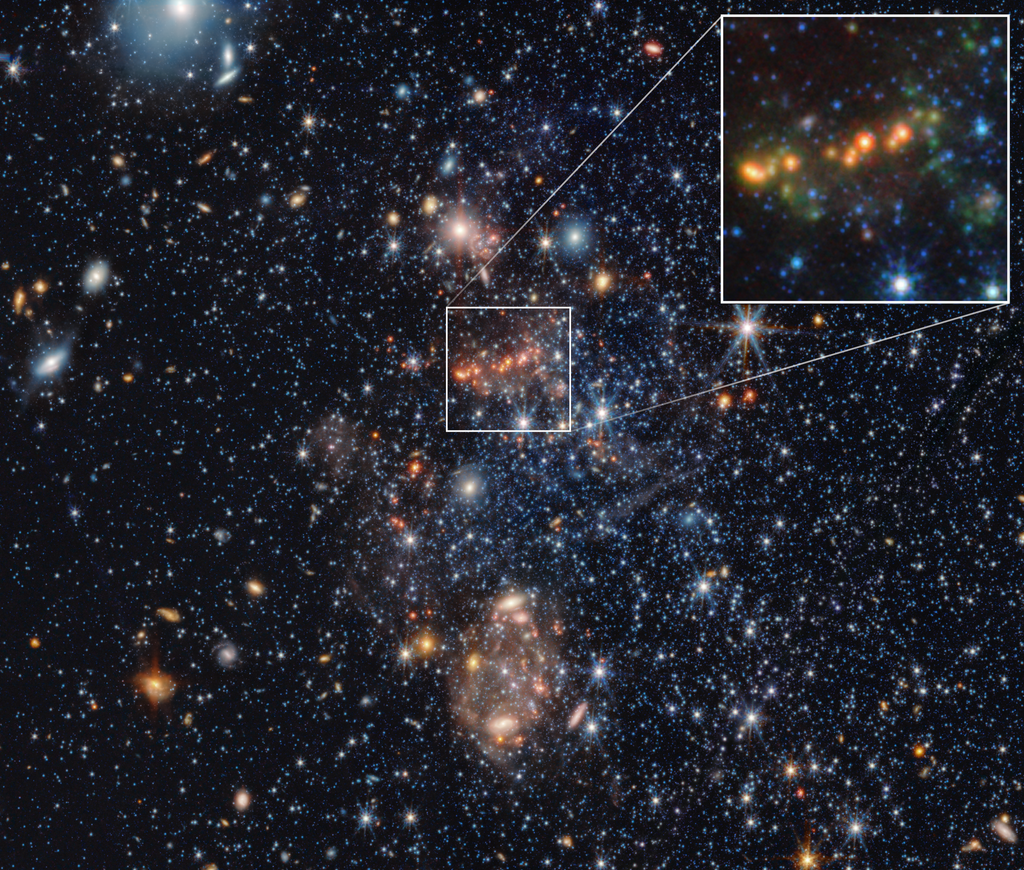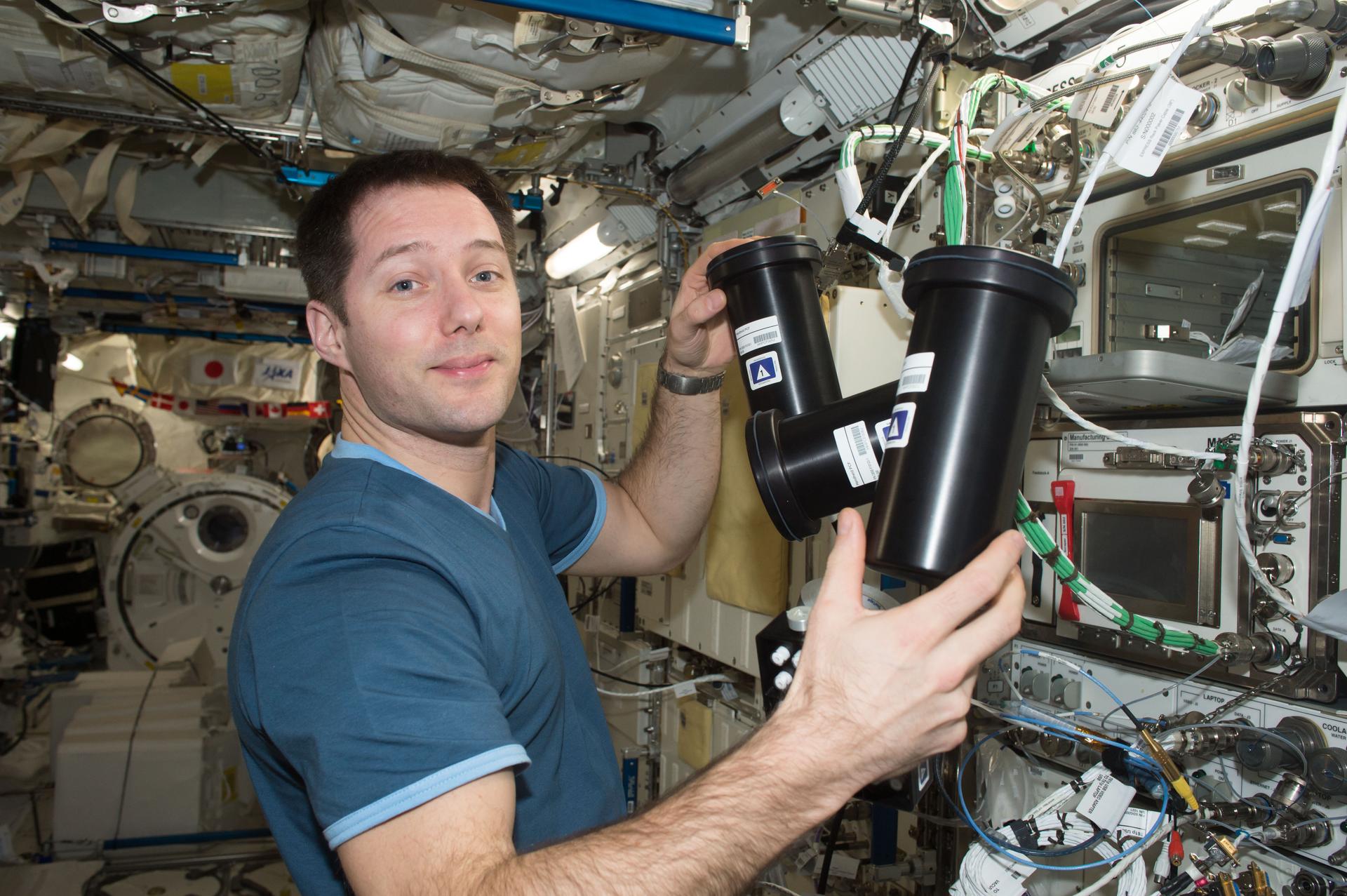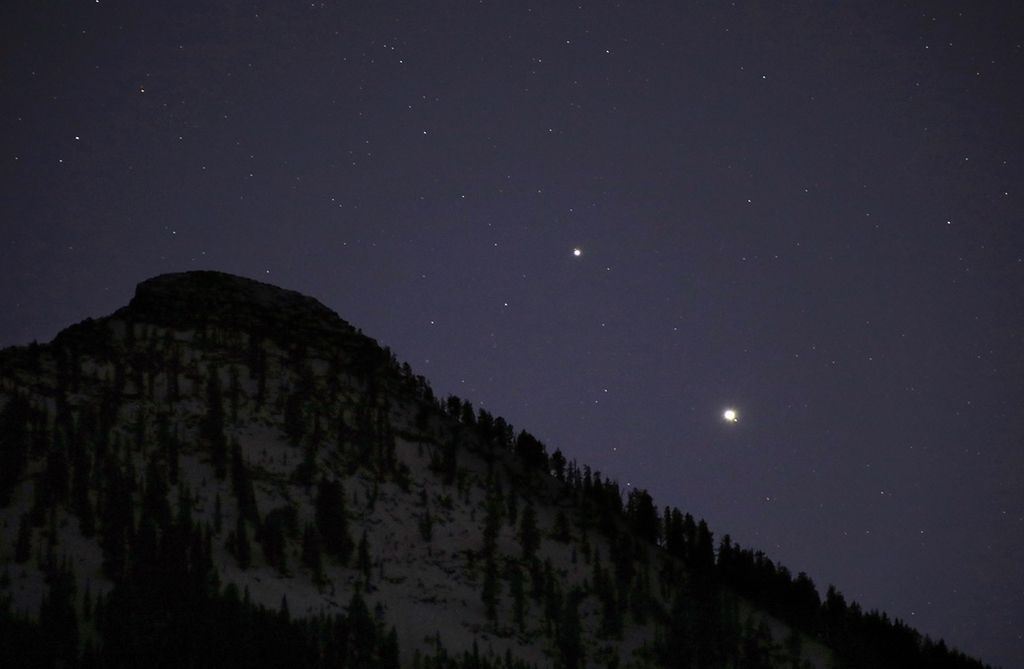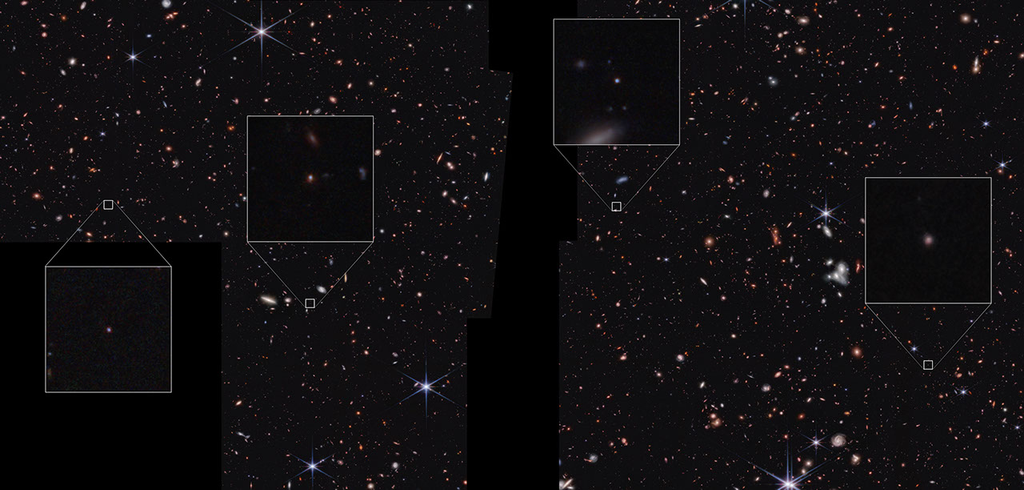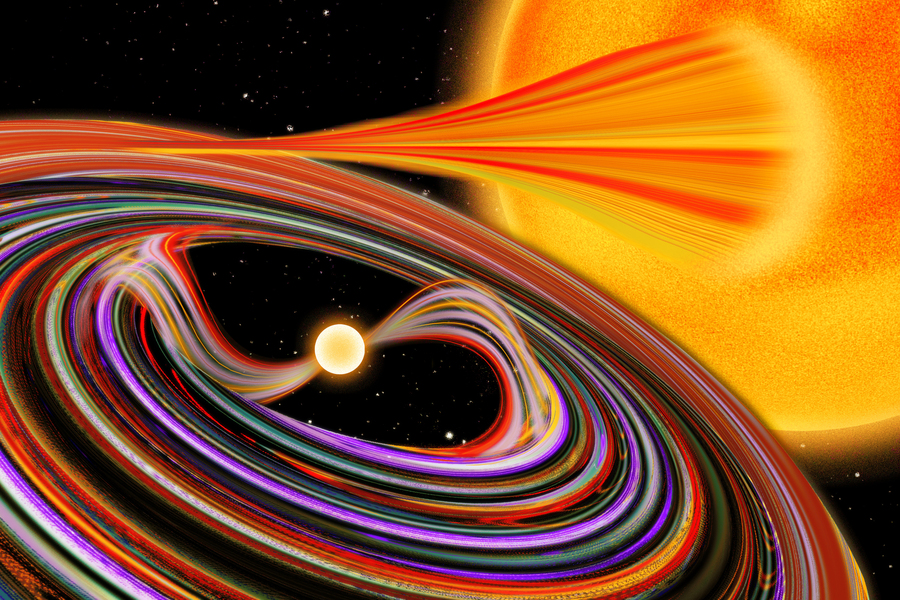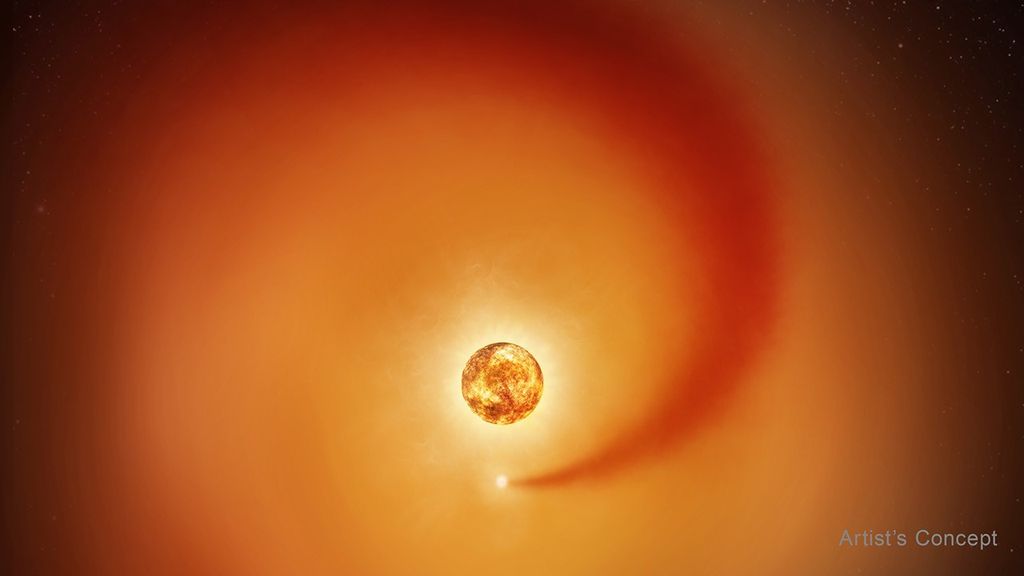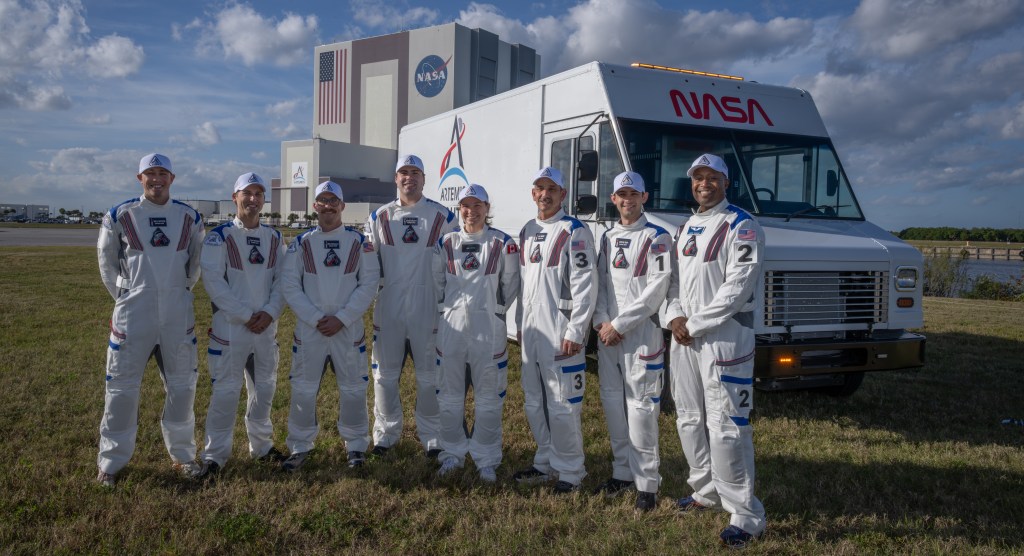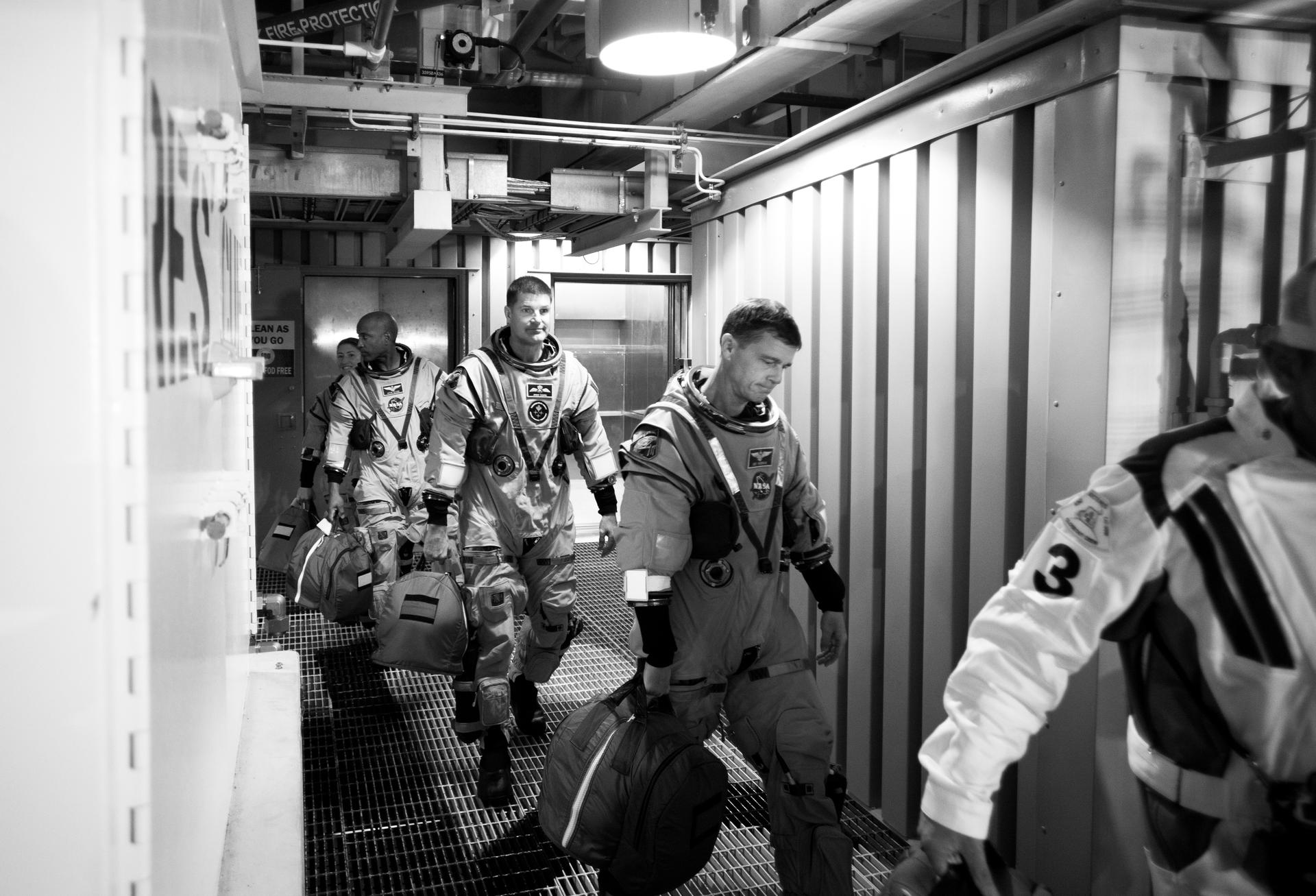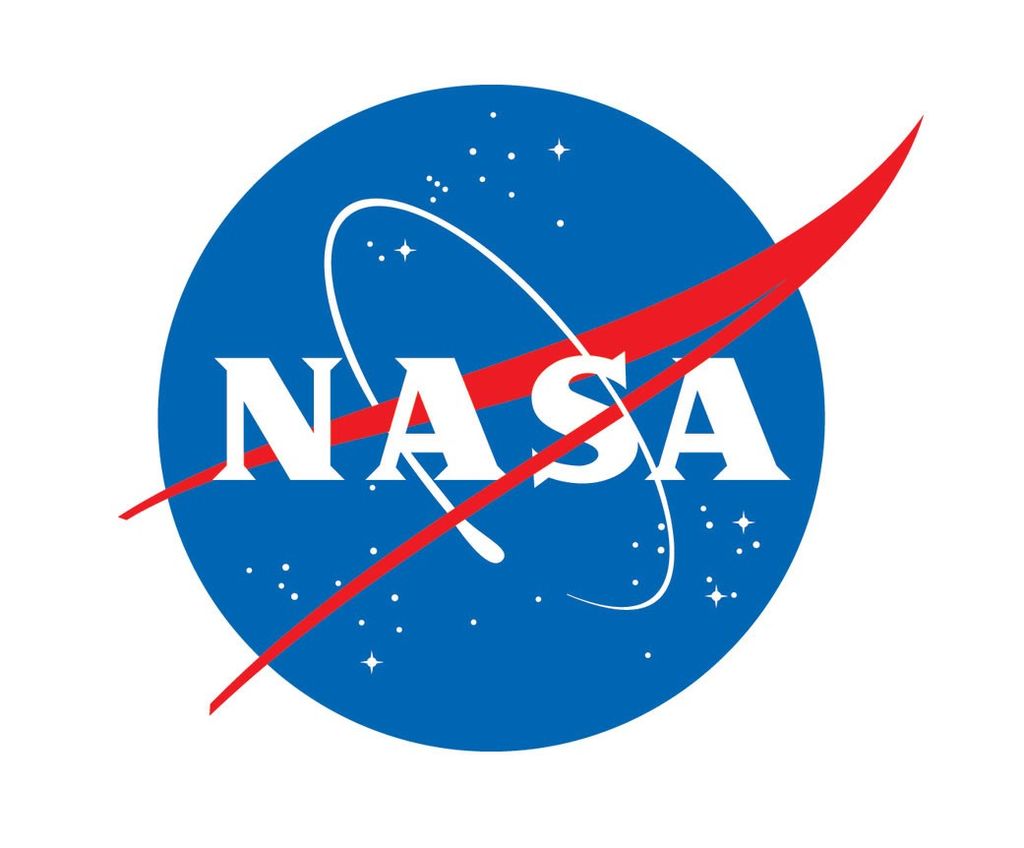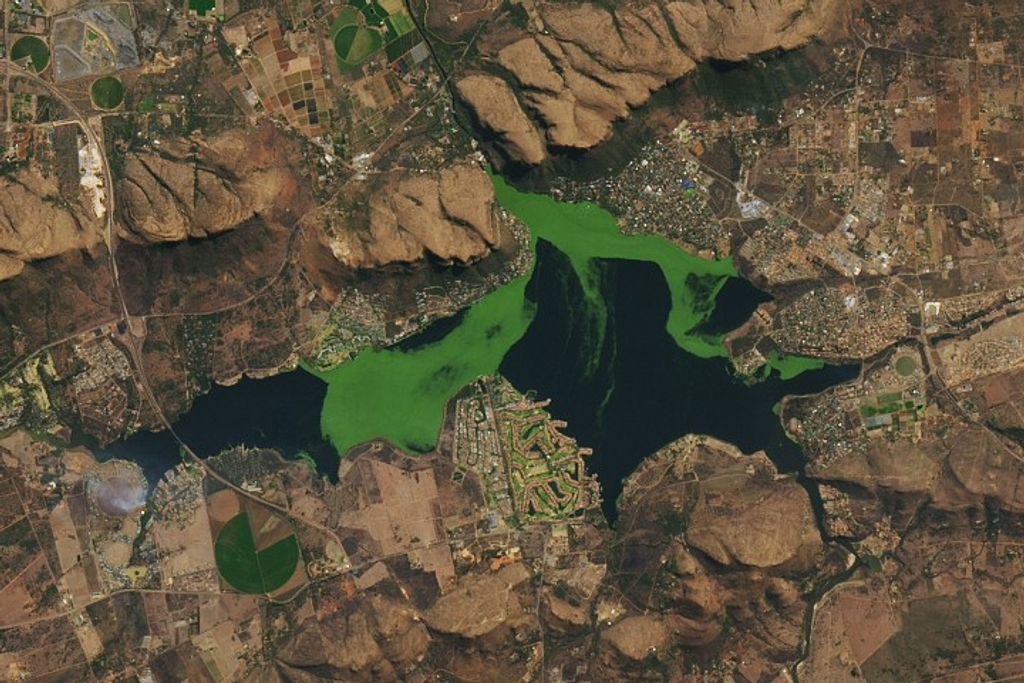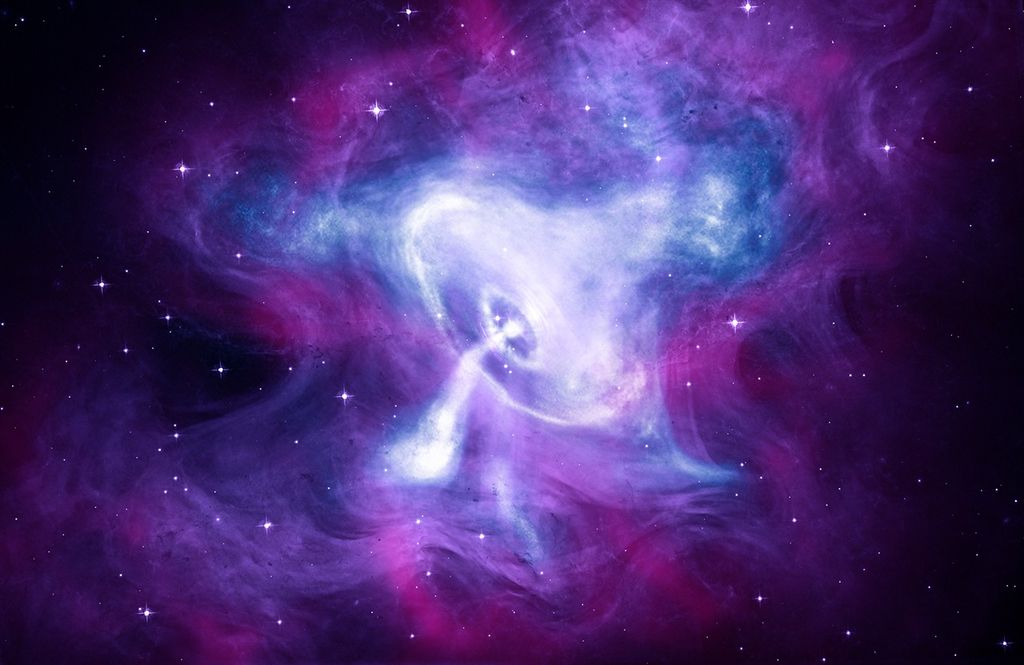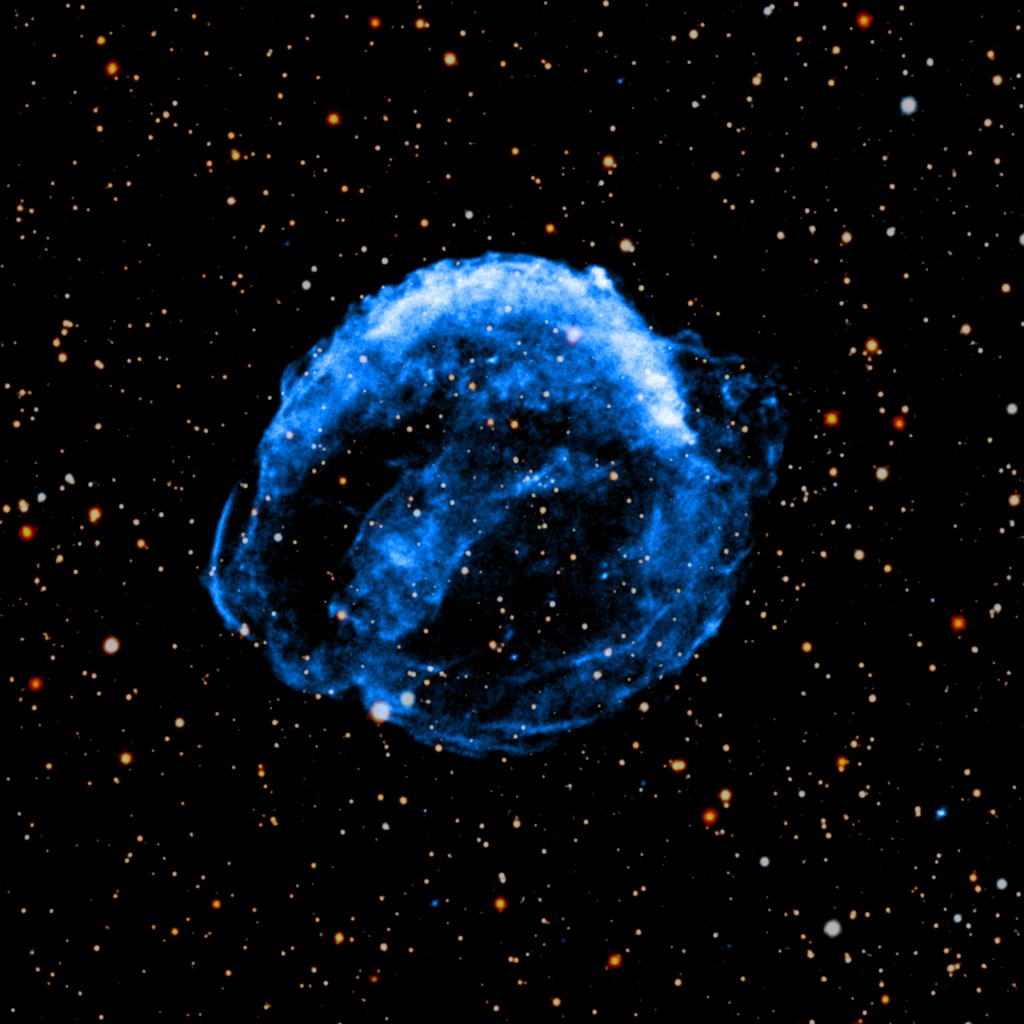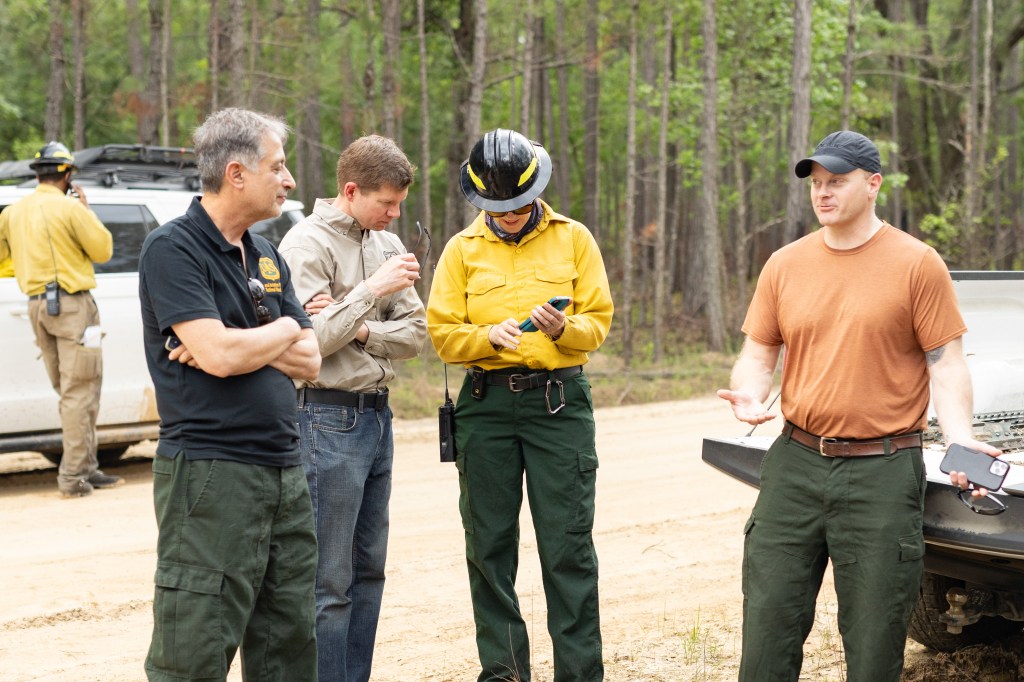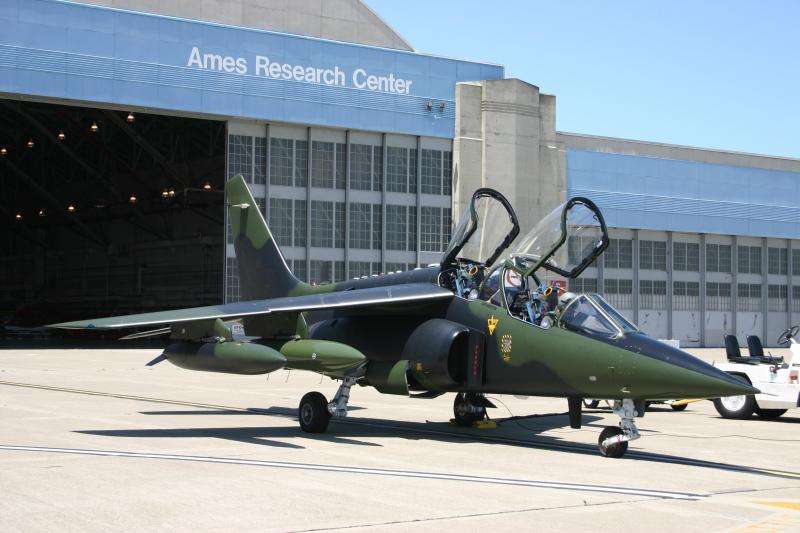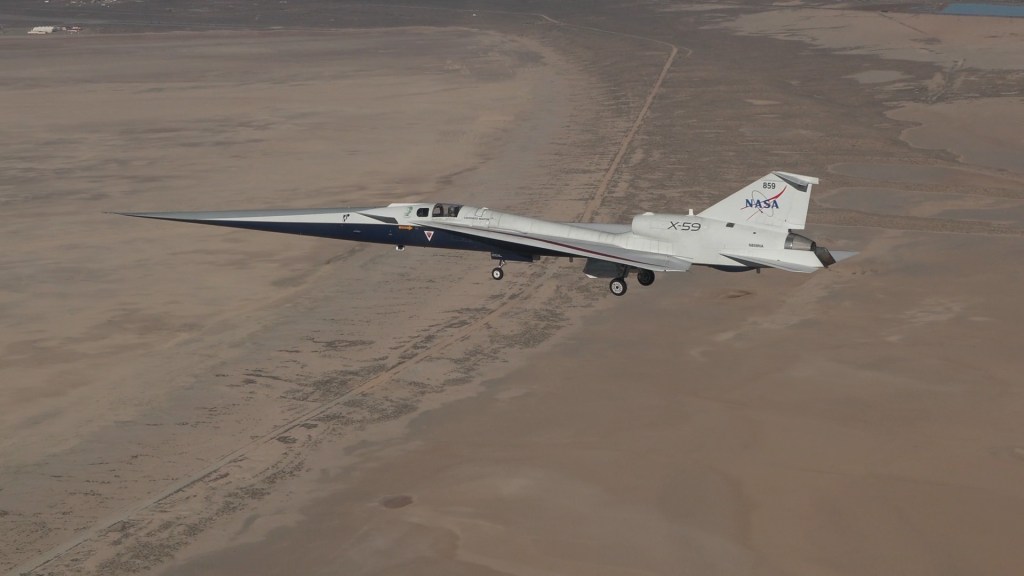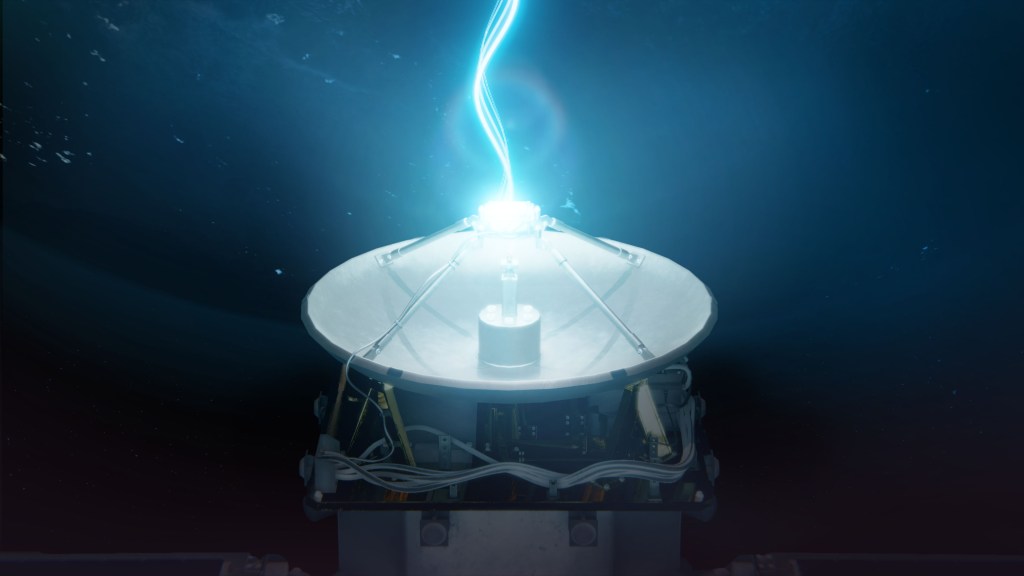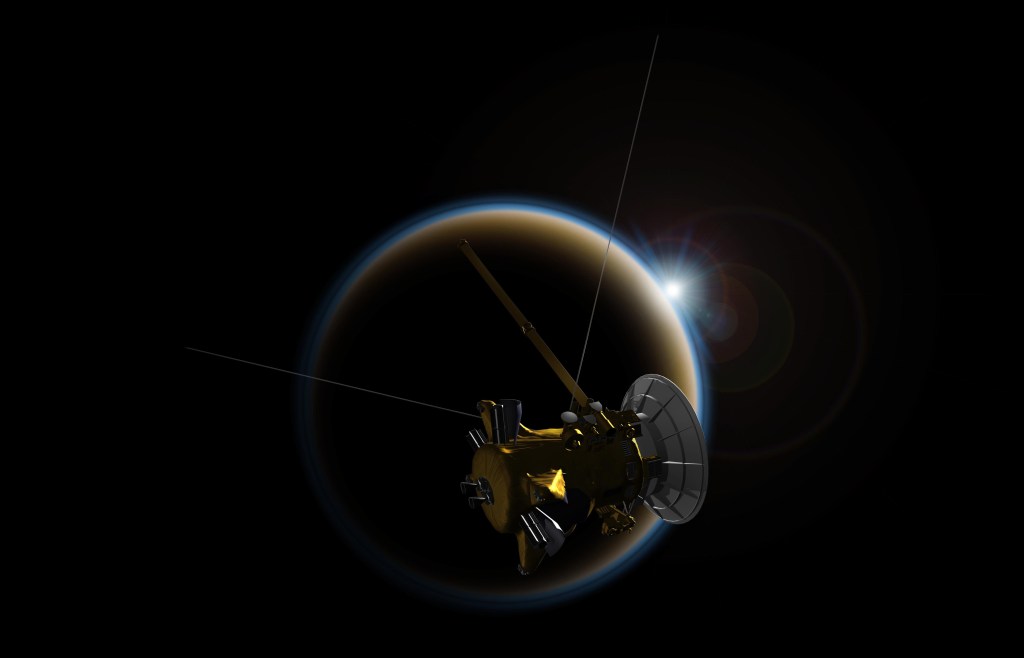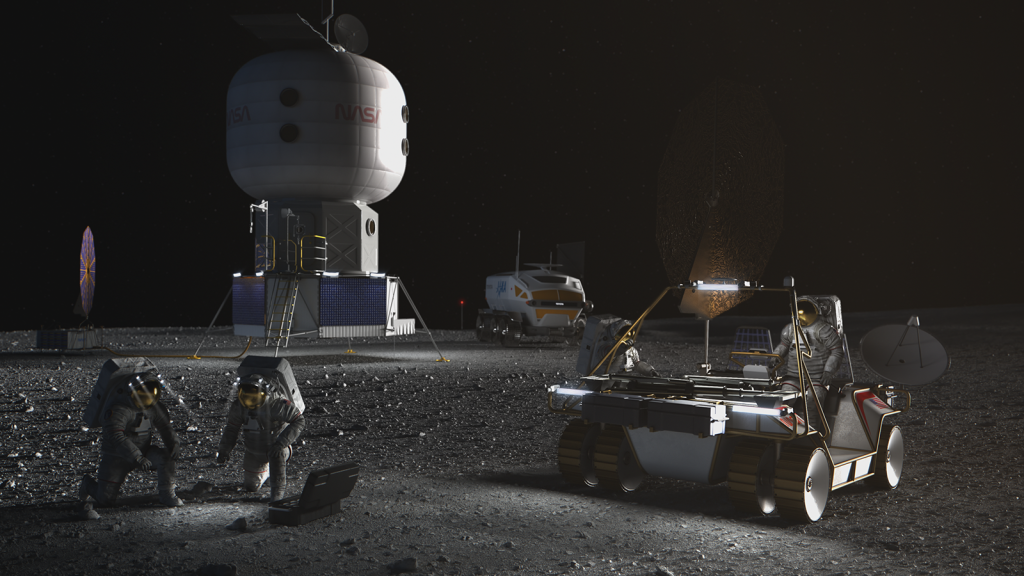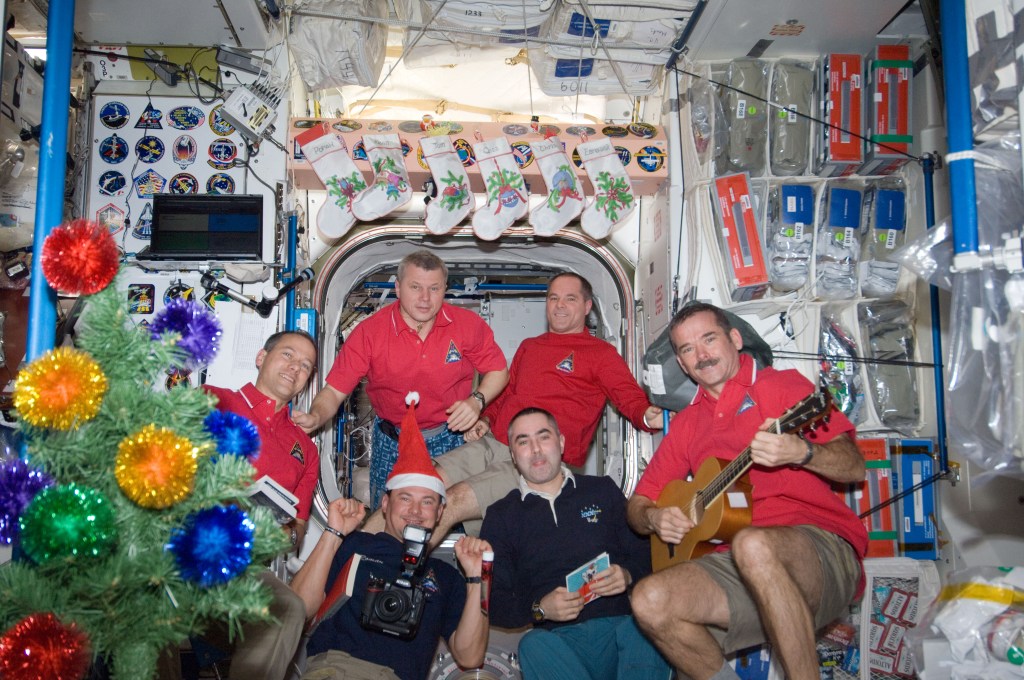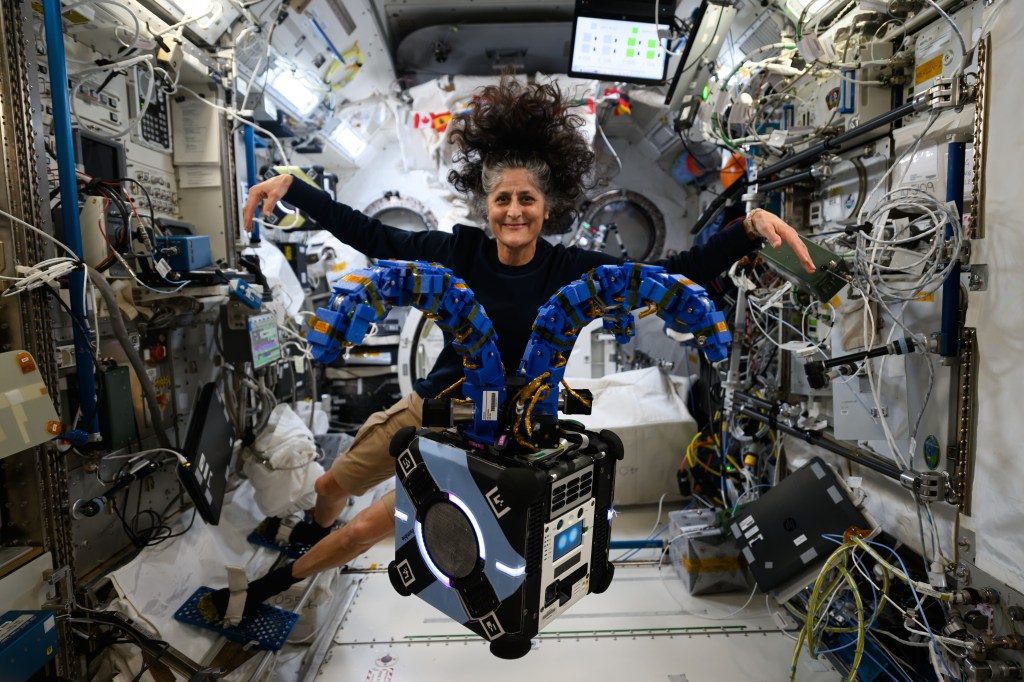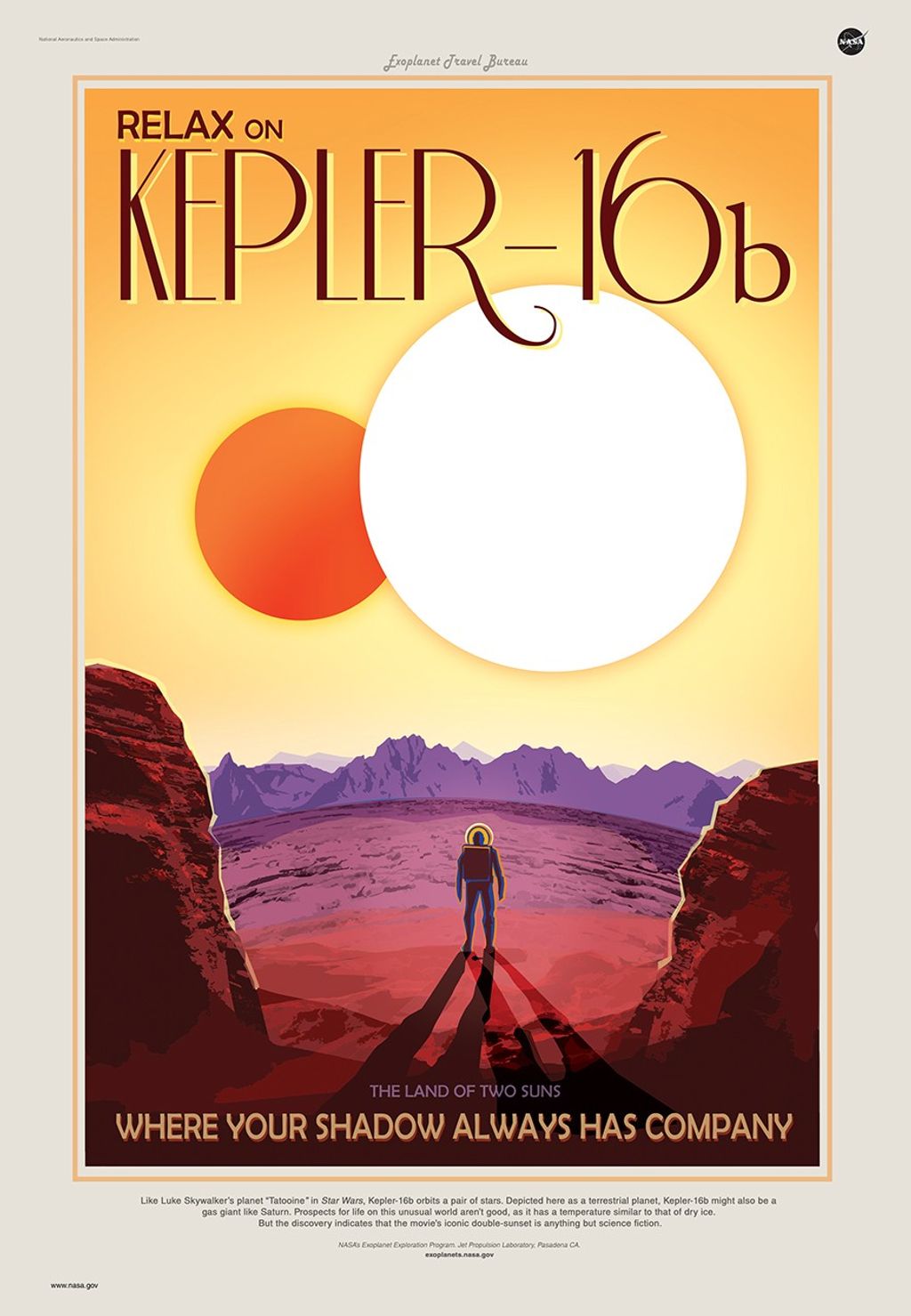Deputy Project Manager for Resources – Goddard Space Flight Center
How are you helping set the stage for the Roman mission?
I’m a deputy project manager for resources on the Nancy Grace Roman Space Telescope team, sharing the role with Kris Steeley. Together, we oversee the business team, finance, outreach, scheduling, and more. I focus more on the “down and in” of the day-to-day team — helping the financial team, resource utilization across the project, and support service contracts management — while Kris handles more of the “up and out” external work with center management and NASA Headquarters. Kris and I collaborate on many things as well. The two of us have been together on Roman for many years, and we have definitely become one brain in many aspects of the role. The main goal in the job is programmatics: We need to understand and help along the technical parts of the mission, while also supporting cost and schedule control since Roman is a cost-capped mission. I try to make sure that I partner with our engineers to understand the technical part of Roman as much as possible. I find that I can’t do my job well on the programmatic side without working together closely with our engineers to understand the hardware and testing.
What drew you to NASA? Did you always intend to work here?
I think I always knew I wanted to go into the business and finance side of things, but I thought I’d end up at a big investment bank. I interned at one during college, but it just didn’t feel right for me. After graduating, I worked on corporate events for defense contractors in New York City. Then my husband got a job in Annapolis, Maryland, and I took a leap and applied for a resource analyst job at NASA, where some college friends were working. Looking back, as an oldest daughter it probably should have been obvious that project management would be a good fit! Once I got to NASA, I was really drawn in by the missions and work we do. It was so different from the corporate world. Being able to work on some of the coolest missions with some of the most brilliant minds out there is a gift. Almost 15 years later, I’m still here.
How did your career grow from there?
After serving as a resource analyst in the Safety and Mission Assurance Directorate at NASA’s Goddard Space Flight Center in Greenbelt, Maryland, I moved into the center’s Astrophysics Projects Division, where I began working on Roman in 2012, back when it was just a small study called WFIRST (Wide Field Infrared Survey Telescope). I could never have imagined at the time what that small study would turn into. People at NASA often say they “grew up” on the James Webb Space Telescope, and for me I definitely “grew up” on Roman. I became the mission business manager, then financial manager, and now a deputy project manager for resources. I feel lucky that most of my career has been spent on Roman. Adding it up, I’ve been on this project for over a decade. I’ve worked with so many amazing people, not just at NASA Goddard, but across the United States. It’s hard to believe we are so close to launching.
What’s been the highlight of your career so far?
Becoming part of the management team on Roman, for sure. Working with the leadership team has been incredible. The best part about Roman is the people. It still cracks me up to look at the plethora of people we have in the same room for our weekly senior staff meeting, from the programmatic and finance types like myself, to engineers leading super complicated integration and test programs, Ph.D.s, and some of the most brilliant science minds I will probably ever know. The Roman team is amazing, and those relationships are what keep me excited to come to work every day.
Has your work influenced your understanding or appreciation of astronomy?
Absolutely. I’ve learned so much just by being around brilliant people like our project scientist Julie McEnery. I even recently gave a talk about Roman at my daughter’s school! Being able to stand up in front of a group of children and talk about what Roman science is going to do is something I never would have been able to do prior to working here. I’ve learned about how the Hubble Space Telescope, Webb, and Roman all build on each other during my time on this project. And it’s really incredible science. I’ve also developed a deep admiration for the engineers who have built Roman. As a business focused person, our engineering team has really helped me understand the different facets of what our engineering team does on Roman. They are so patient with me! It’s really fulfilling to be a small part of something so big.
What advice do you have for others who are interested in doing similar work?
If you’re in finance, don’t just learn the numbers — learn the work behind them. Understand the mission, the tech, the people. That’s what helps you move from analyst to leader. People can tell when you really get what they’re doing, and that’s how you become a better partner and manager.
What’s life like outside NASA?
I have three kids — ages 9, 5, and 3 — so life is busy! When I’m not working, I’m usually at their sports games or chauffeuring them around to one event or another. It’s a little bit of a rat race, but this season of life is also really fun. Recently, my family and I have gotten back into traveling now that my kids are a little bit older. We took a spring break trip to Europe, which was fantastic. Spending time with my family and friends is everything. Whether it’s going to the beach, spending time at the pool, or hanging out on the sideline of a lacrosse game, just like at work it’s being with my people that I thrive on. And maybe one day I will have time for more hobbies again!
By Ashley Balzer
NASA’s Goddard Space Flight Center, Greenbelt, Md.

